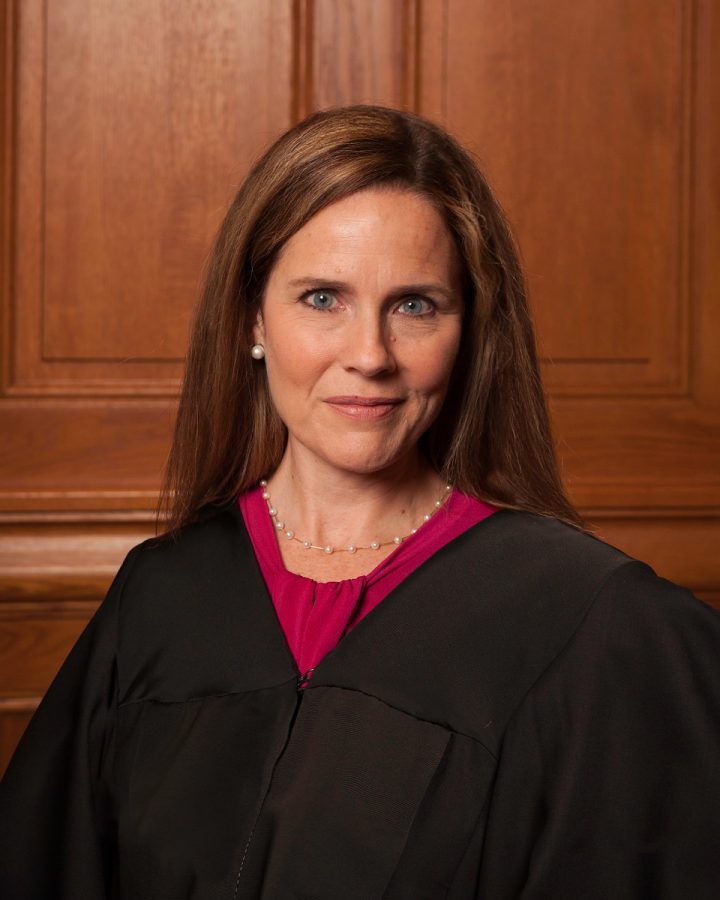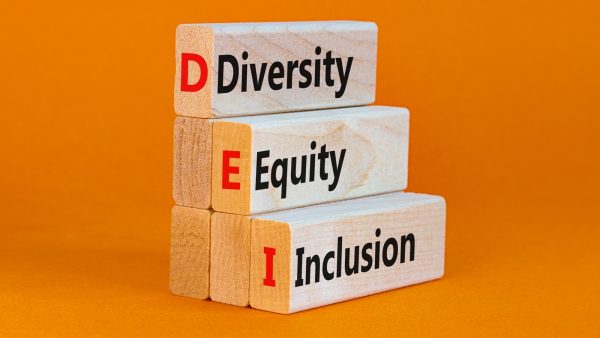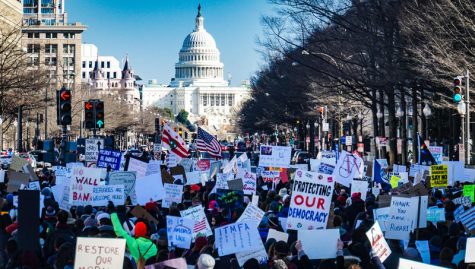Ginsburg v. Barrett – What we can expect from our new SCOTUS Justice
On September 26th, President Donald J. Trump introduced Judge Amy Coney Barrett as his nominee to the Supreme Court, presenting her as an advocate for conservative principles. Former Associate Justice Ruth Bader Ginsburg, a fearless pioneer for women’s rights, had passed away 8 days earlier, on September 18th, and had told her granddaughter, Clara Spera, “My most fervent wish is that I will not be replaced until a new president is installed.” This dying wish, however, went overlooked, as Former Judge Amy Barrett became known as Associate Justice Amy Barrett, stepping into a position that was formerly held by a liberal woman. In her Rose Garden Address, Barrett made it clear that she would be looking to conservative Justice Antonin Scalia, for whom she had once worked for, on matters of law. While Ginsburg and Scalia were indeed dear friends, they were on polar opposite sides on some of the most diverse and controversial topics today.
Gun rights are an incredibly controversial topic, especially amongst today’s political leaders. Barrett, a conservative, indicated through her speeches and writings that she too would be against Ginsburg’s polar opposite on a range of issues that included gun laws. Ginsburg was a firm opponent of a broad interpretation of a constitutional right to “keep and bear arms”. Barrett’s dissent in the 2019 case Kanter v. Barr, is one in which she argued that a blanket gun possession based on a former felony status institutes a violation of the Constitution. She argued that the policymakers from the founding era were more concerned with keeping guns out of the hands of dangerous people, not people that were convicted with nonviolent felonies. Ginsburg was a strong advocate against challenges to state and local gun laws, stating in a 2013 interview, “I view the Second Amendment is rooted in the time totally allied to the need to support a militia,” Since her death, pro-gun litigators have been increasingly pressing the Supreme Court to take their cases.
Alongside gun laws comes another controversial topic: abortion. Ginsburg, an advocate for a women’s right to choose, believed deeply that the Constitution protects a women’s right to an abortion. Former Justice Ginsburg wrote in a dissent in Gonzales v. Carhart, a case in which the court upheld a federal restriction on abortion, she had stated, “[L]egal challenges to undue restrictions on abortion procedures do not seek to vindicate some generalized notion of privacy; rather, they center a women’s autonomy to determine her own life’s course and thus to enjoy equal citizenship stature.” This was a point she had been making ever since her 1993 Senate confirmation hearings. Former Justice Ginsburg continued to write about women and women’s equality as she spoke about abortion throughout her time as a Supreme Court Justice. On an opposing side, Amy Barrett believes that abortions are “always immoral” stating that the Catholic Church’s teaching on abortion being immoral would have no bearing on her duties as a judge, should she be selected. As a law professor in Notre Dame in 2006, Justice Amy Barrett had signed a newspaper ad that had openly opposed “abortion on demand” and was one of her first direct display of her views pertaining to abortion. This newspaper read, “We, the following citizens of Michiana, oppose abortion on demand and defend the right of life from fertilization to natural death.” which was part of a statement by St. Joseph County Right to Life – one of the county’s oldest active pro-life organizations.
Unlike other candidates nominated to the federal branch, Justice Barrett had hesitation at her recent confirmation hearing endorsing Brown v. Board of Education, the Supreme Court’s famous 1954 desegregation decision. However, when asked about Obergefell v. Hodges, the court’s 2015 decision saying same-sex couples have a right to marry, she quickly hit the brakes. Barrett’s refusal to publicly claim that Obergefell was correctly decided, has frustrated many Senate Democrats as well as LGBTQ+ activists. “She defended the dissenters in the court’s landmark marriage-equality case,” stated Human Rights Campaign President Alphonso David, when called to the Senate to reject Barrett’s nomination. Former Associate Justice Ginsburg, however, had an opposing point of view. Ginsburg’s beliefs are impacted on LGBTQ+ Americans to this day from the legal restrictions of queer lives to the decriminalization of homosexuality and job protections. It wasn’t long after her 1993 appointment, that she had her first opportunity to weigh in on issues of fundamental importance to queer people, with Romar v. Evans in 1996. This case arose from a dispute in Colorado, where voters had passed a state constitutional amendment in order to prohibit the recognition of queer people as a protected class. After some lengthy litigation processes, the US Supreme Court decided to overturn the amendment, with Ginsburg joining a ruling which declared that, “the amendment seems inexplicable by anything but animus toward the class that it affects; it lacks a rational relationship to legitimate state interests.” From this we can see that Ginsburg’s liberal beliefs led her to fundamentally expand upon the American promise of freedom and liberty to all – a promise that to this day, remains to be achieved.
Through all of this, we can conclude that Barrett’s legacy in the Supreme Court will be much different than Ginsburg’s, both of whom had opposing views on everything from gun rights to abortions. While Ginsberg’s feet were firmly planted on the liberal side of legal matters, Barrett’s will most likely be on the conservative side because of her traditional beliefs. This new nomination suggests that Barrett will undoubtedly bring a new and valuable perspective when making decisions regarding matters of humanity especially with her background as a mother with special needs. Her traditional beliefs however, will be a contradiction to many legislations and laws that Ginsburg saw though and may be amended or changed, depending on arising cases throughout her time as a Supreme Court Justice. Through this analysis, we are not only able to determine many of the laws and regulations that may be different during Justice Barrett’s time serving as a SCOTUS Justice, but also the outcome of many future Supreme Court Cases.






